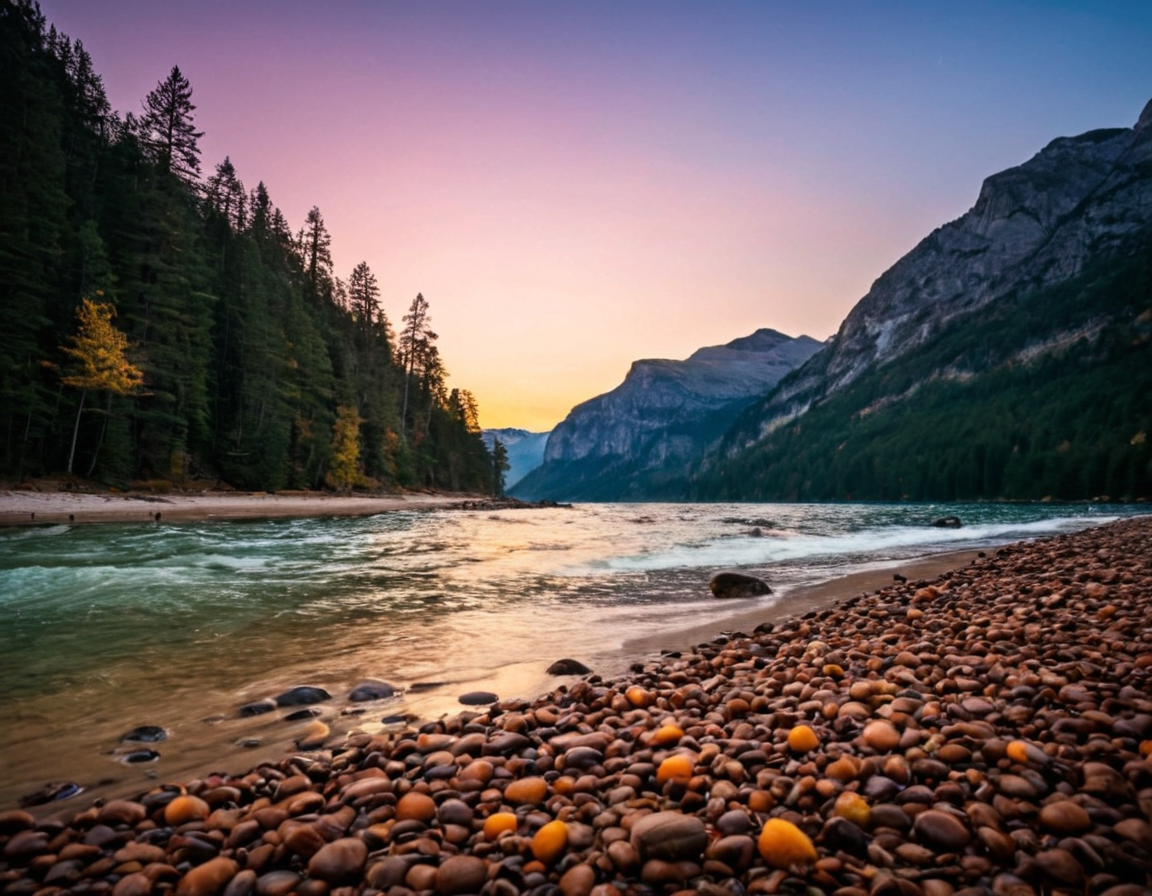Landscapes in Every Lens: Stunning Photos Tutorial

Shooting Amazing Landscape Photos with Any Lens: A Comprehensive Guide
Introduction
Landscape photography is a popular genre that requires patience, skill, and attention to detail. While some photographers swear by specific lenses or equipment, the truth is that you can capture stunning landscape photos with any lens. In this article, we’ll explore the fundamentals of shooting amazing landscape photos, focusing on technique, composition, and camera settings.
Understanding Your Camera
Before we dive into the technical aspects, it’s essential to understand your camera’s capabilities and limitations. Most DSLRs and mirrorless cameras have a built-in metering system that can be adjusted to suit different shooting conditions.
- Mode Dial: Familiarize yourself with your camera’s mode dial and understand how each mode affects your image.
- White Balance: White balance is critical in landscape photography, as it can greatly impact the color accuracy of your images. Use a gray card or an external white balance source to ensure accurate results.
- ISO: Keep your ISO low (100-400) to minimize noise and capture more detail in your images.
Composition
Composition is key to creating visually appealing landscape photos. Here are some essential tips:
Rule of Thirds
Divide your frame into thirds both horizontally and vertically, placing interesting elements along these lines. Avoid centering subject matter, as it can lead to boring images.
- Leading Lines: Look for leading lines that can guide the viewer’s eye to your subject. These can be roads, paths, shorelines, or any other continuous feature.
- Framing: Use natural frames like archways, trees, or rocks to add context and depth to your image.
Symmetry and Patterns
Symmetry and patterns can add visual interest to your images. Look for reflective surfaces, symmetry in nature, or abstract patterns to create captivating compositions.
- Reflections: Be cautious when shooting reflections, as they can lead to overexposure or unwanted results.
- Abstract Patterns: Experiment with abstract patterns like ripples, waves, or frost to add texture and depth to your images.
Shooting During Golden Hour
Golden hour, the hour just before sunset or after sunrise, is ideal for landscape photography. The soft, warm light can create long shadows and add depth to your images.
- Bracketing: Shoot multiple exposures at different settings to capture a range of tonal values.
- Interval Shooting: Use interval shooting to capture a series of images at set intervals, allowing you to merge them later using HDR software.
Camera Settings
Here are some essential camera settings to keep in mind:
Aperture
Aperture controls the amount of light that enters your lens. A lower f-stop value (e.g., f/2.8) will result in a shallower depth of field, while a higher value (e.g., f/16) will provide more detail in the foreground and background.
- Shutter Speed: Use a slower shutter speed to create motion blur or a faster shutter speed to freeze movement.
- ISO: Keep your ISO low to minimize noise and capture more detail in your images.
White Balance
White balance is critical in landscape photography, as it can greatly impact the color accuracy of your images. Use a gray card or an external white balance source to ensure accurate results.
Conclusion
Shooting amazing landscape photos requires patience, practice, and attention to detail. By understanding your camera’s capabilities, mastering composition techniques, and adjusting your camera settings accordingly, you can capture stunning images that showcase the beauty of nature.
- Experiment: Don’t be afraid to try new things and experiment with different techniques.
- Practice: The more you shoot, the better you’ll become at capturing amazing landscape photos.
- Learn from Others: Study the work of other photographers and learn from their experiences.
Call to Action
The next time you find yourself in a breathtaking landscape, remember the principles outlined in this article. Take your time, experiment with different techniques, and push the boundaries of what’s possible. Share your own landscape photography tips and tricks in the comments below!
About David Lopez
As a seasoned photographer and blogging expert, I help creatives refine their craft on lentecreativa.com. With a focus on practical tips & techniques, I inspire photographers to push boundaries and capture stunning images.
